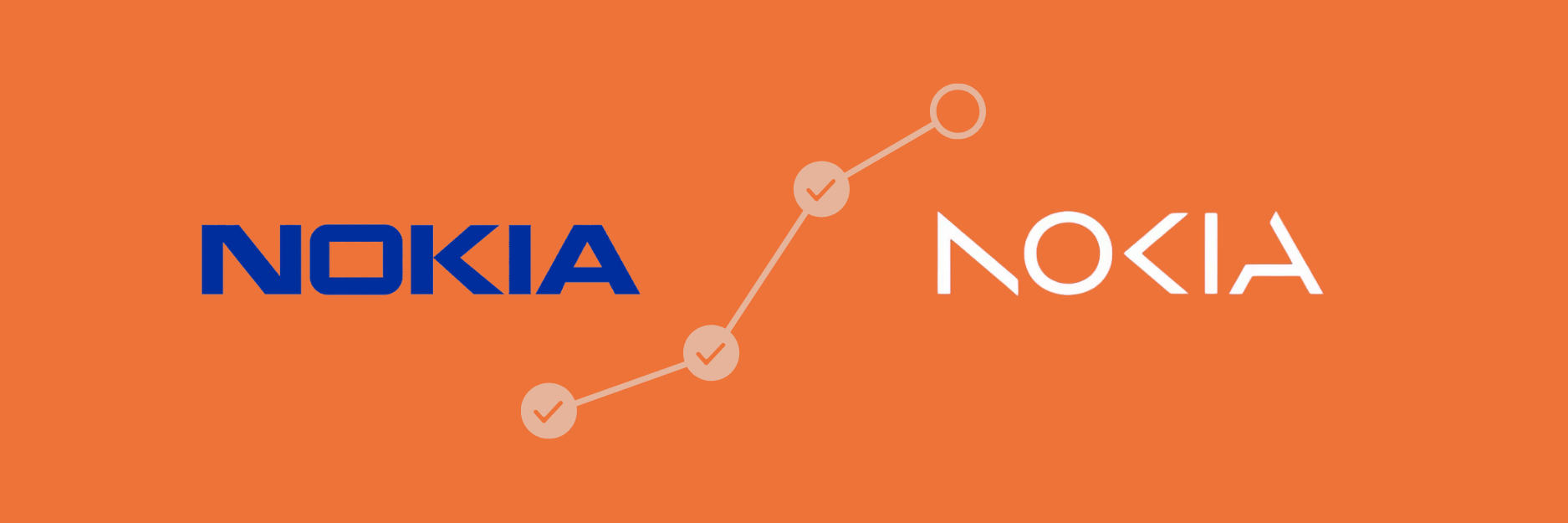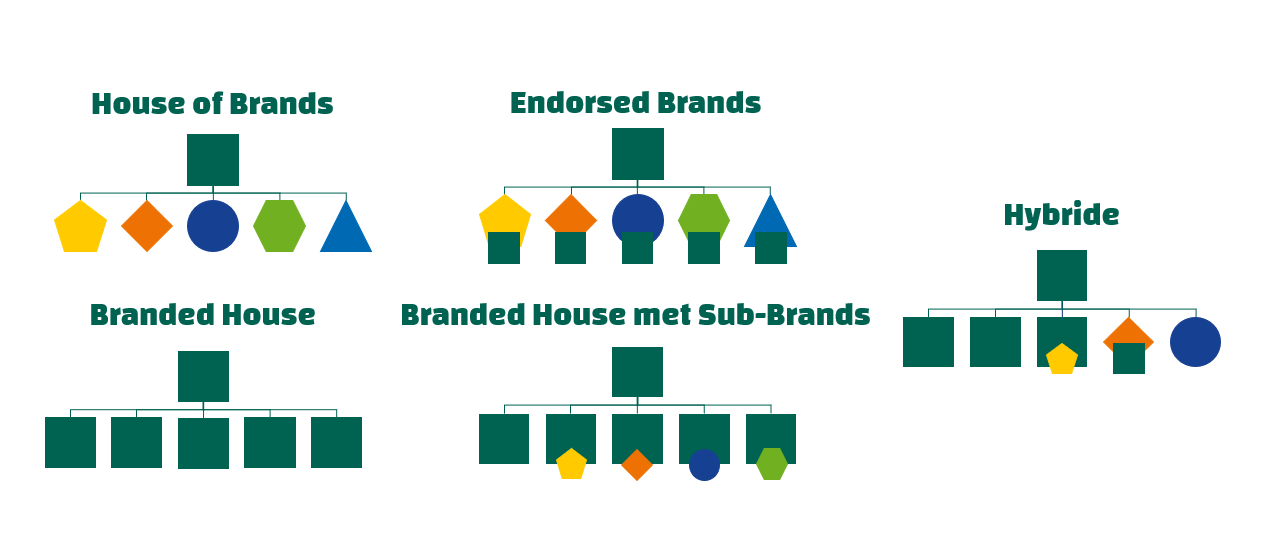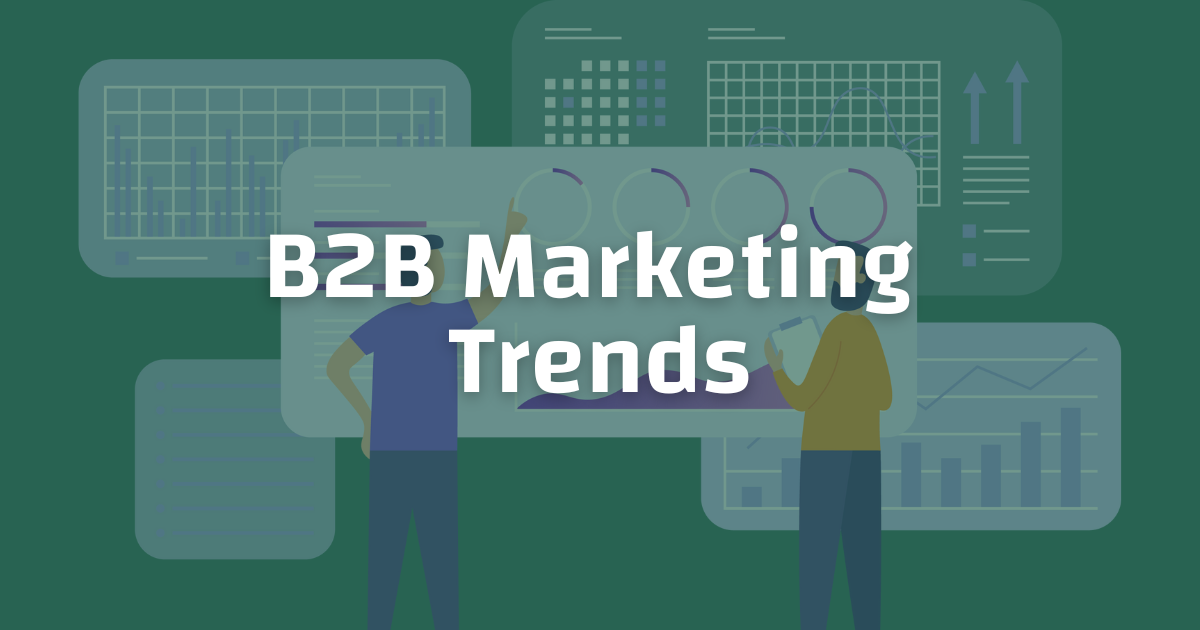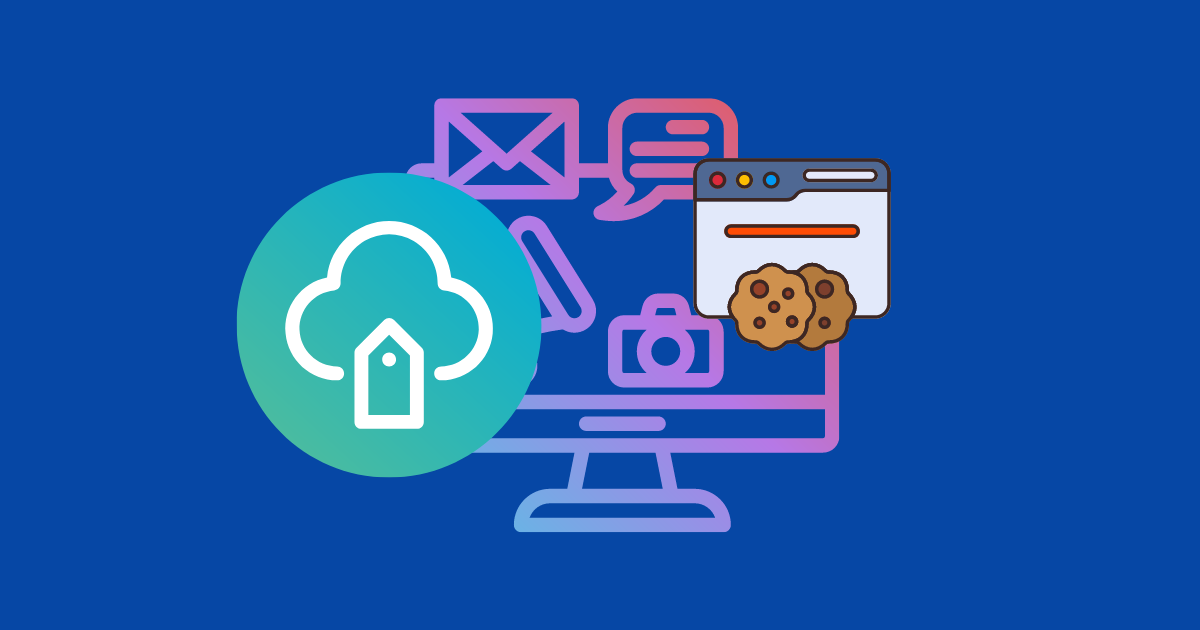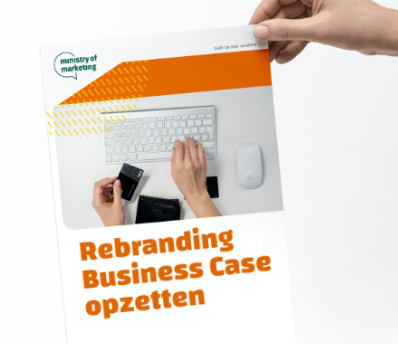Predictive marketing is a data-driven approach that leverages both historical and real-time data. When combined with machine learning techniques, it enables businesses to predict future customer behavior and preferences.
This approach allows you to measure and optimize your marketing efforts, personalize prospect outreach, and identify high-potential opportunities.
What Is Predictive Marketing?
Using data, we forecast what steps a prospect is likely to take, allowing us to engage them with the right message at the right time. Predictive marketing relies on your own data and machine learning (AI) to analyze online behavior, purchase history, and other relevant data points. These insights help uncover patterns and trends that can be used to predict future actions—such as product or service preferences, likelihood to purchase, and engagement levels with marketing campaigns.
By understanding online behavior, we can align the marketing funnel and messaging with individual prospects or audience segments, thereby increasing campaign effectiveness. However, it’s important to note: it’s a prediction, not a guarantee.
How Predictive Marketing Works
We collect data from various sources—such as Google Analytics, your CRM, Leadinfo, social media, and purchase history. Then we use tools like ChatGPT, Copilot, or other machine learning algorithms to analyze that data and detect patterns or correlations. That said, AI tools don’t always capture every nuance. That’s why we critically evaluate the output—because machine learning isn’t perfect. Human experience and domain expertise remain essential.
The results from these analyses are then used to predict customer behavior. Based on those predictions, we develop a targeted marketing strategy and funnel—this could include personalized recommendations, tailored ads, or custom content journeys.
In Summary:
- We collect data from multiple sources.
- AI is used to detect behavioral patterns and correlations.
- We interpret the predicted behaviors and validate them.
- We build your marketing strategy and funnel around those insights.
From Predictive Marketing to Marketing Forecasting
That’s the theory. But ultimately, you want to be able to justify your campaign budgets with numbers.
Marketing forecasting helps you estimate the expected results of a campaign. Based on the generated insights, we can make informed predictions about:
- How many leads or conversions to expect
- The expected ROI
- Which channels will perform best
- Which target audiences are most likely to convert
- Which message or campaign format will be most effective
Disclaimer: It’s Still a Forecast, Not a 100% Guarantee
Marketing is often seen as intangible—you put money in, but it’s unclear what comes out. That’s only partly true. Thanks to digital tools, many aspects of marketing are now measurable. This makes it very possible to forecast campaign outcomes—but always with a margin of uncertainty.
Benefits of Predictive Marketing
By targeting the right prospects with the right message, predictive marketing can significantly boost conversion rates. Aligning marketing efforts with individual preferences results in a more engaging and satisfying customer experience.
Improved ROI: By targeting the right prospects with the right message, predictive marketing can significantly boost conversion rates. Aligning marketing efforts with individual preferences results in a more engaging and satisfying customer experience.
Increased Costomer Loyalty: Personalized experiences and relevant offers foster stronger relationships and improve overall customer loyalty.
Proactive marketing: By anticipating and identifying customer and prospect needs in advance, you can respond proactively—offering solutions before they even ask.
Examples of Predictive Marketing in Action
- Netflix: Recommends movies and series based on individual viewing history.
- Amazon: Suggests products based on past purchases and browsing behavior.
- Starbucks: Uses mobile app data to tailor offers and personalized recommendations.
Ultimately, the goal is to quantify and justify marketing spend by estimating the likely results of a campaign—before launch. We combine predictive insights with marketing forecasting to estimate:
How many leads or conversions you can expect, the expected return on investment (ROI), which channels are likely to perform best, which audience segments are most likely to convert, which message or campaign format is likely to succeed
However, we use both forecasting methods to accurately monitor which channels the campaign performs well and which do not.







